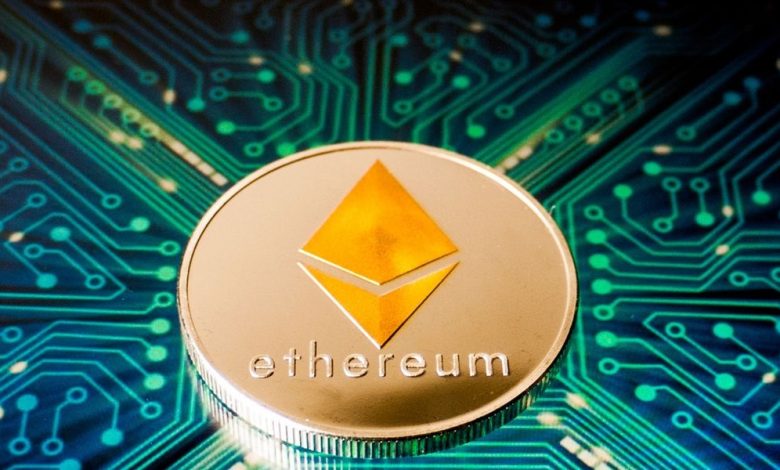All About NFT Drops

When referring to how a blockchain project gives out its tokens to the public, the phrase “NFT drop” is commonly used. The term “NFT drop” is commonly used in the gaming business when a developer gives out their game’s tokens to the general public.
In brief, NFT Drop in the United Kingdom is a method for distributing non-fungible tokens using the smart contract of an ERC-20 token. Compared to a token sale, where the focus is on raising revenue for the project, a native token (NFT) drop is used to bring in new users and redistribute value to existing ones.
Drop events for NFTs distribute tokens for free, just like airdrops do. Most notably, NFTs cannot be stored in contracts or sent to other locations because of their characteristics. You may compare them to limited edition digital artwork or sneakers, which are much more exciting than free money.
While anybody may participate in the public sale and begin minting NFTs, not everyone will be able to do so due to the project’s popularity driving up demand for the tokens. Due to the lack of scalability on the Ethereum blockchain, transaction costs tend to skyrocket during public sales.
Drop Varieties
Standard
When a standard NFT drop in the United Kingdom occurs, a set amount of NFTs become available for purchase at a predetermined time and are distributed on a first-come, first-served basis. The maximum number of NFTs that may be issued to a single wallet is a feature of several NFT collections. TimePieces, the NFT collection from Time Magazine, had 4,676 different NFTs and was a typical drop. Each NFT cost 0.1 ETH, and each investor was limited to 10 NFTs.
Open Additions
With open editions, the number of NFTs that may be minted is unlimited, but the rate at which they are dropped is capped. Within this window, investors can manufacture as many New FinTech Tokens as they like. Thus, purchasers in the United Kingdom receive many images if the NFT is a photograph, each with a different identification number.
English
Collectors in English auctions in the United Kingdom place bids on NFTs for a certain amount of time, and the highest bidder after the period wins the auction and takes possession of the NFT. Typically, only extremely rare or one-of-a-kind NFTs are put up for sale. For instance, one of Beeple’s NFTs brought over $1.2 million at auction.
Auctions in the Dutch style
In a Dutch auction, NFT prices fall over a predetermined period. If a collection has 100 NFTs and the initial price is 10 ETH, that’s an example. To encourage bidding, the price of each NFT in an auction will decrease by 0.2 ETH every ten minutes until either the auction ends or all of the NFTs in that collection have been sold.
In what ways may NFT Drop be helpful?
- The primary advantage is that it is entertaining, encouraging users to explore other dApps, and creating a virtuous cycle that helps keep users engaged. Likewise, NFT decreases draw greater attention to dApps, which can help them achieve traction in a crowded marketplace.
- The expenses associated with the token sale will also be covered by the NFT, another major perk of an NFT Drop in the United Kingdom. This ensures that token buyers will not be subject to any hidden costs and may keep the amount they spend.
- NFT drops benefit developers since they allow them to get traction with potential customers and test their concept before going all in with a complete rollout.
- New NFT initiatives in the United Kingdom can introduce themselves to pre existing communities and forge connections due to declining NFT prices. This is a standard method for new ventures to enter the market. To have the token published on exchanges, the community that helped the project through the NFT drop can vote for it.

